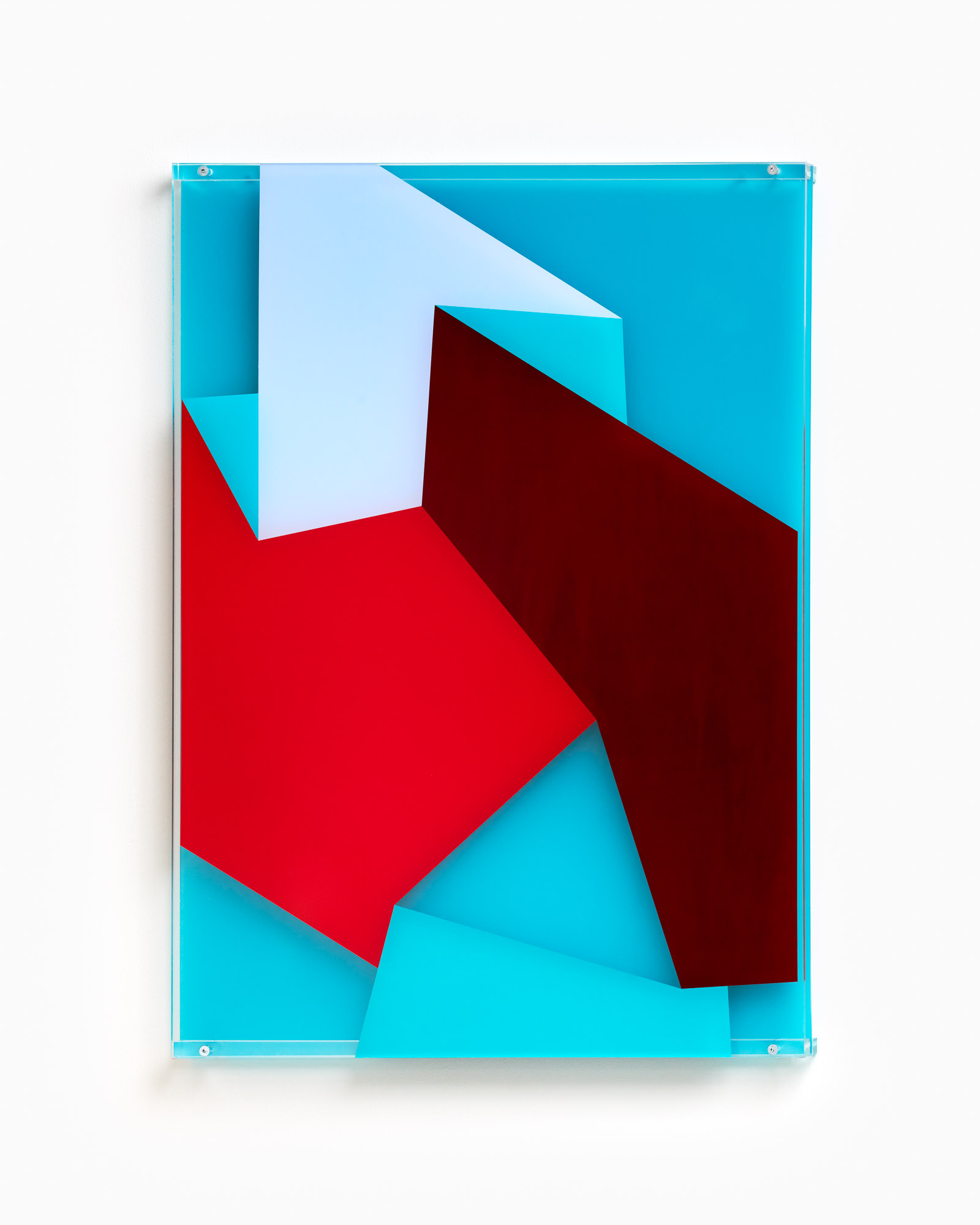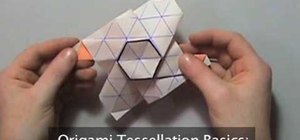
The model matrix positions and shapes the objects within the scene. The model, view and projection matrices are the standard ways to handle positioning and clipping within the scene. This page is still a work in progress has is buggy.

This page demonstrates 3-dimensional orthographic and perspective viewing, depth test hidden surface removal and more complex matrix transformations. Release the right mouse button to finish the rotation of the polygon.Click the right mouse button and hold and drag around the objects center to rotate the object.Scroll the mouse wheel to resize the polygon, up is larger, down is smaller.Release the left mouse button to finish the movement of the polygon.Click the left mouse button and hold and drag to position the object.Select a color mode and click change colors to assign new random colors to the vertices, triangles or whole polygon of the selected object. When you click on a polygon the object will be selected and the triangles making up the object will draw in white.

When you move the mouse over the polygon the outline will highlight in yellow.
Webgl tessellation triangle twist how to#
(see Web Dev for information on how to view source code).Įach draw mode acts like a separate layer in the scene moving points and selection only works on the points in the current draw mode.

Webgl tessellation triangle twist code#
More information is available in the source code HTML range and number input (see Web Dev).setting gl_FragColor in the fragment shader.passing calculated color values from the vertex shader to the fragment shader using a varying variable.setting gl_Position with a twist transformation in the vertex shader.Drawing mesh outlines and polygons made of triangles.Set the angle used in the twist transformation.ĭraw the polygon as triangle mesh outlines or as a filled solid.ĭraw the triangles forming the polygon from the middle or the edge of the polygon.Ĭalculate the twisted points in the GPU or the CPU.ĭraw the polygon using gl.drawElements or gl.drawArrays. The more tessellations, the more curved the twisted polygon becomes.

Set the the number of times tessellation is applied to the polygon. The more edges, the more circular the polygon becomes. Triangle is 3, square is 4, pentagon is 5, etc. Set the number of outside edges in the polygon.


 0 kommentar(er)
0 kommentar(er)
